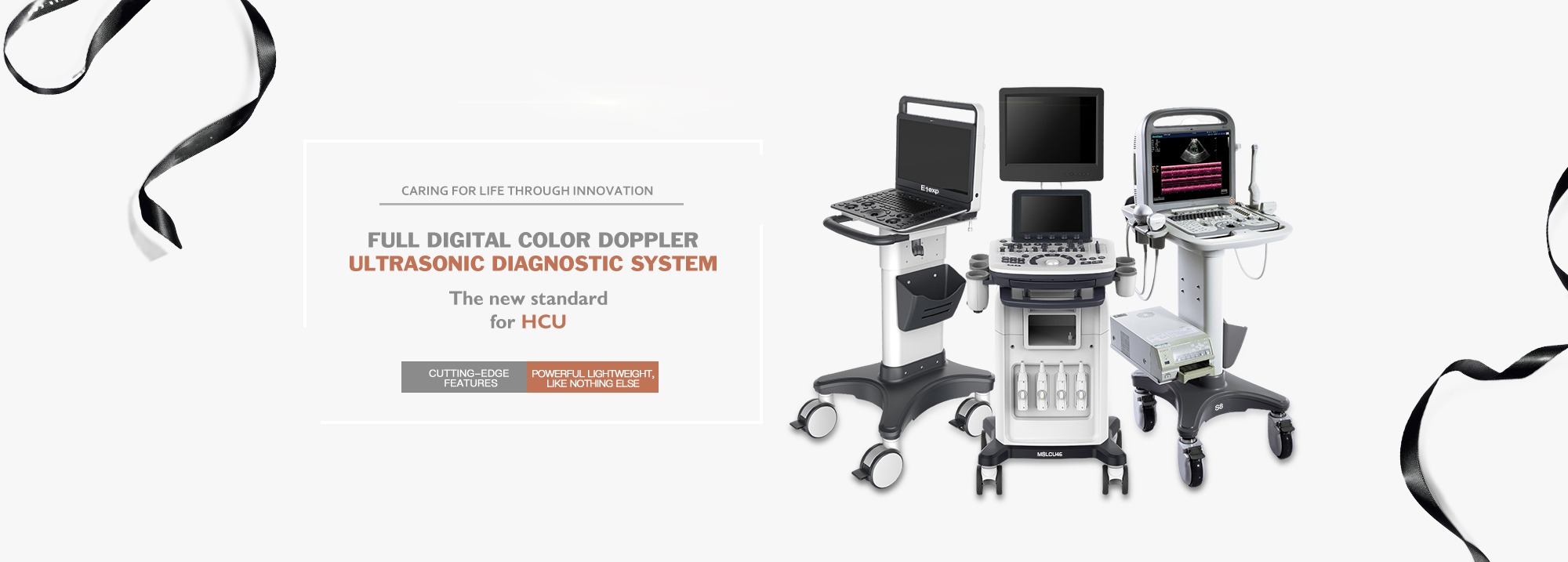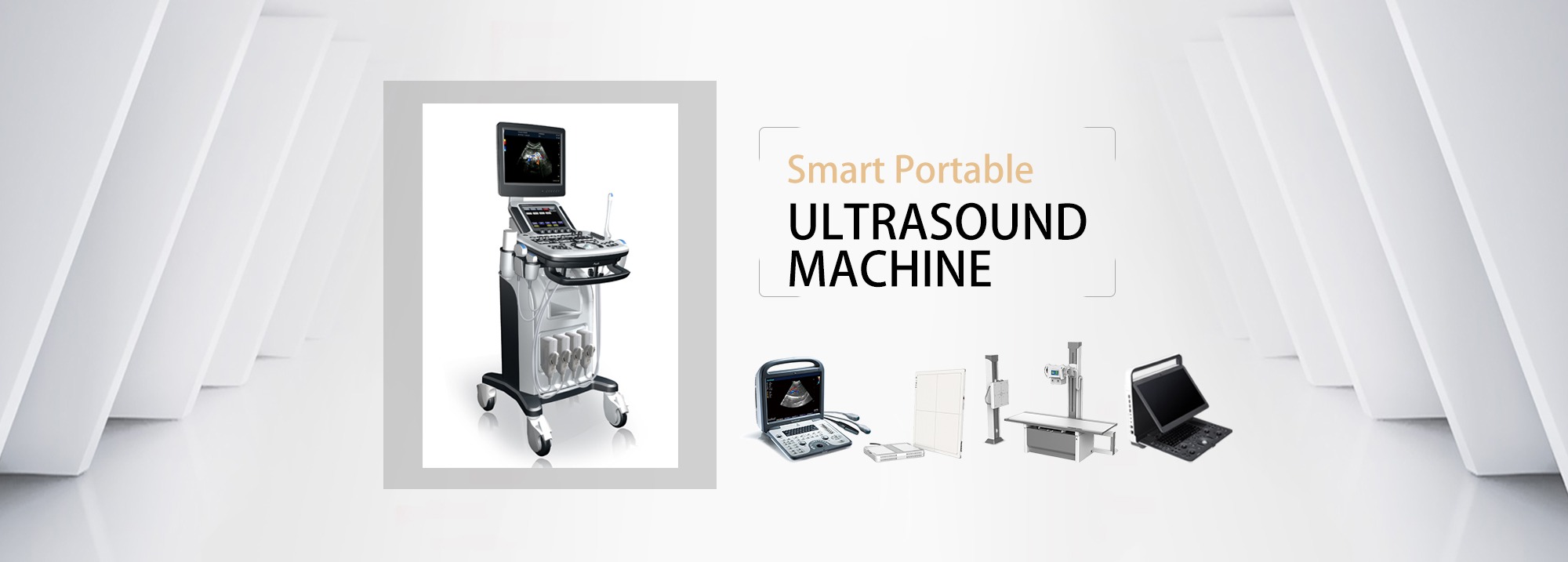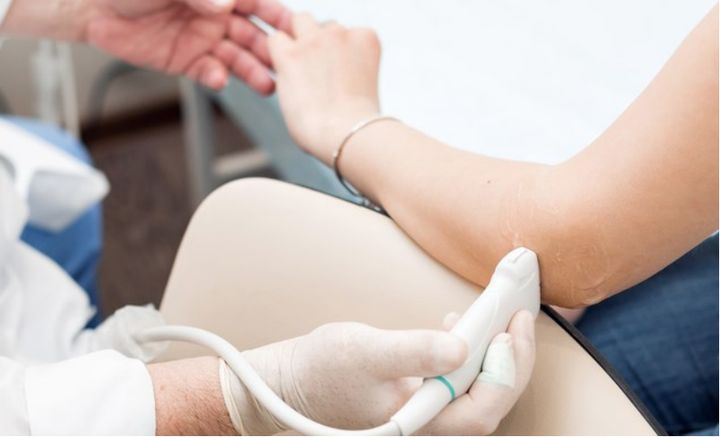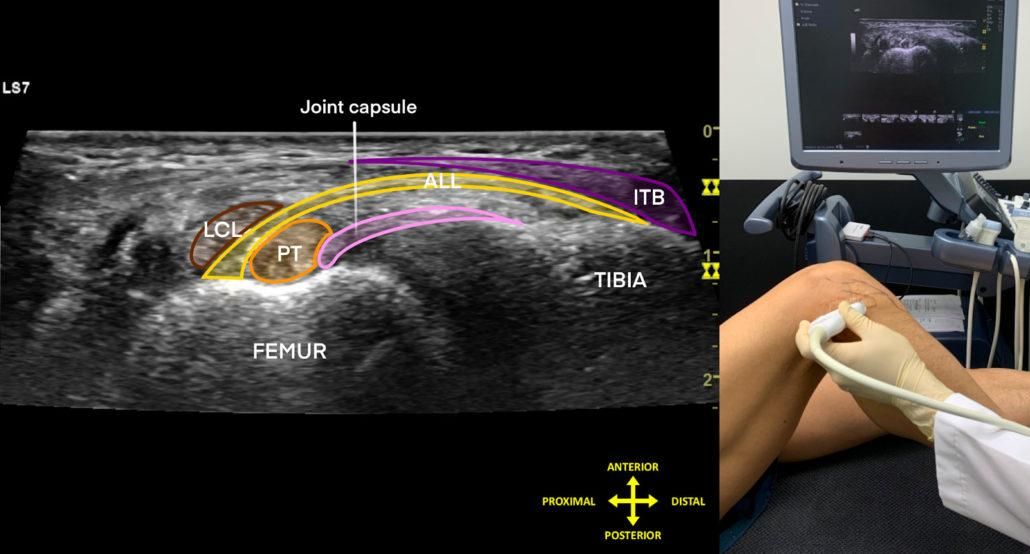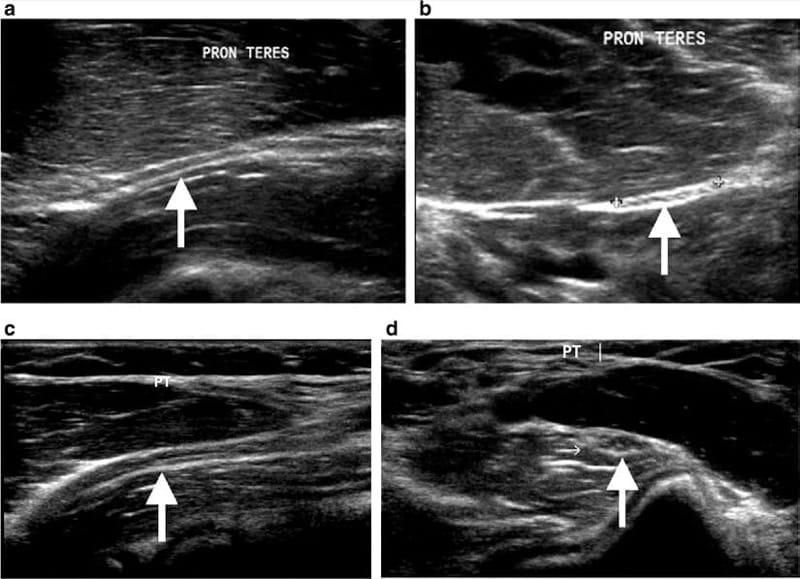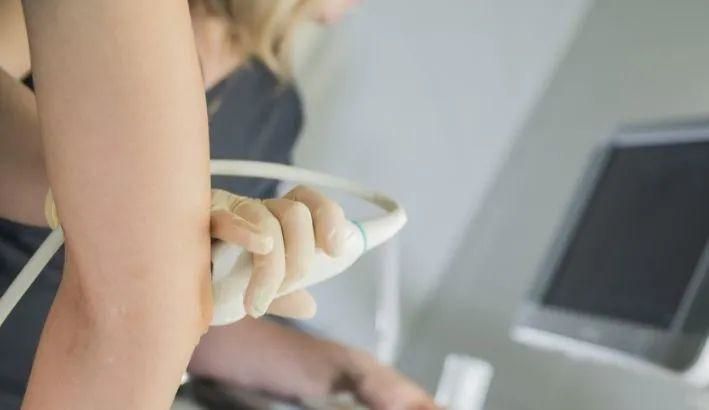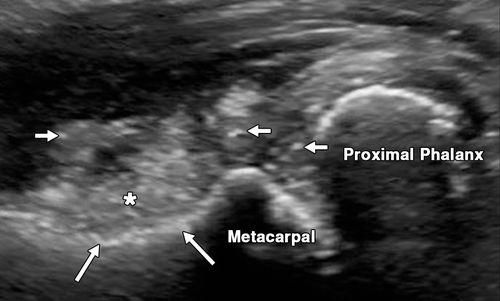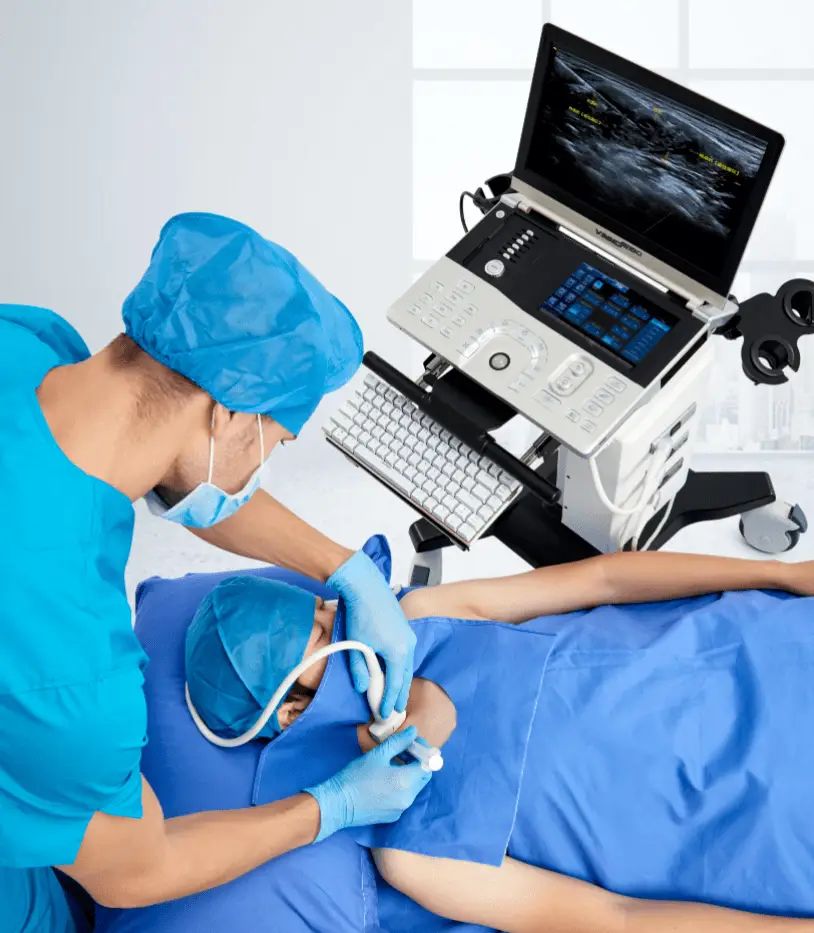1.Application in joint diseases
High-frequency ultrasound can clearly display articular cartilage and bone surface, ligaments around the joint, tendons and foreign bodies and fluid in the joint cavity, etc., and can also display the motion state of the joint in a dynamic state to evaluate the joint function. For example: the elderly are prone to degenerative osteoarthropathy, in the ultrasound examination can be found in the patient's bone articular cartilage surface edge becomes rough, cartilage thin and uneven thickness, the bone surface of the joint edge can also see multiple bony protrusions - osteophyte formation, that is, we often say bone spurs. In severe cases, fluid accumulation and thickened synovial tissue can also be seen in the joint cavity. All these provide an objective basis for the diagnosis and evaluation of degenerative joint disease.
2.Application in muscle, tendon, ligament and other soft tissue diseases
Normal muscles, tendons and ligaments have uniform texture and natural shape, and ultrasonic image echoes are uniform and continuous. This uniform texture changes when muscles, tendons, and ligaments break or become inflamed. When muscles and tendons are broken, ultrasound can show the continuity of local texture. Edema and inflammation can lead to the decrease or increase of local tissue echo and texture change; Local congestion can also lead to a significant increase in blood flow signals, and when fluid accumulation occurs, local echoless areas can be detected. Therefore, high-frequency ultrasound is to give doctors a pair of insight, to help them find the signs of disease.
3.Application in peripheral nerve injury and other diseases
The current high-frequency ultrasound has a good resolution, and can clearly display the main peripheral nerves, distribution, thickness and anatomic position relationship with the surrounding tissues. The diagnosis of peripheral nerve injury and lesion can be made according to the changes of nerve structure, echo, thickness and anatomic relationship with surrounding tissue. Peripheral neuropathy that can be diagnosed includes: peripheral nerve injury, nerve entrapment (carpal tunnel syndrome, cubital tunnel syndrome, suprascapular nerve entrapment syndrome, etc.), peripheral nerve tumor, and brachial plexus nerve injury.
4.Application in rheumatic immune diseases
The main manifestations of rheumatic immune diseases in musculoskeletal joints are synovitis, synovial hyperplasia, inflammatory changes of tendons and tendinous sheath, attachment end inflammation, erosion and destruction of bone, etc. In recent years, it has become an important application value of ultrasound in musculoskeletal joints by evaluating the inflammatory changes of joint synovium, tendon, tendon sheath and attachment end and the degree of local bone erosion and destruction through gray scale ultrasound and energy Doppler to provide an objective basis for the diagnosis and treatment of rheumatic immune diseases, which has been more and more widely promoted and praised by rheumatologists.
5.Application in the diagnosis of gout
Gout is a metabolic disease caused by abnormal uric acid metabolism in human body. With the development of social economy and the improvement of people's living standards, the incidence of gout is gradually changing at a younger age, and the incidence is also increasing year by year. Due to the deposition of urate crystals in human joints, soft tissues around joints and kidneys, local joint pain, gouty stone formation, urate stones and interstitial nephritis occur in patients. Ultrasonic detection of the "double track sign" on the articular cartilage surface has become a specific manifestation of gouty arthritis, and the accumulation of urate crystals and the formation of gouty stone in the joint have provided an objective diagnostic basis for the diagnosis of gout. The characteristics of ultrasound are non-invasive, convenient and repeatable, which provide effective help for the disease detection, curative effect observation, local ultrasound-guided puncture and drug injection of gout.
6.Application in interventional therapy
The joining of ultrasound in clinical intervention work is like a pair of bright eyes for clinicians. Under the guidance of ultrasound, a number of interventional work has become safe, fast and effective, and has avoided the damage of nerves, blood vessels and important organs. With the help of ultrasound, doctors can dynamically observe the position, direction and depth of the puncture needle in real time, which greatly increases the accuracy of interventional treatment and reduces the occurrence of accidents caused by interventional treatment.
In short, with the rapid development of high-frequency ultrasound technology, musculoskeletal ultrasound has been favored by more and more doctors and patients with its advantages of good fine resolution, real-time convenience, non-invasive and good repeatability, and has a good application prospect.
Post time: Dec-28-2023

